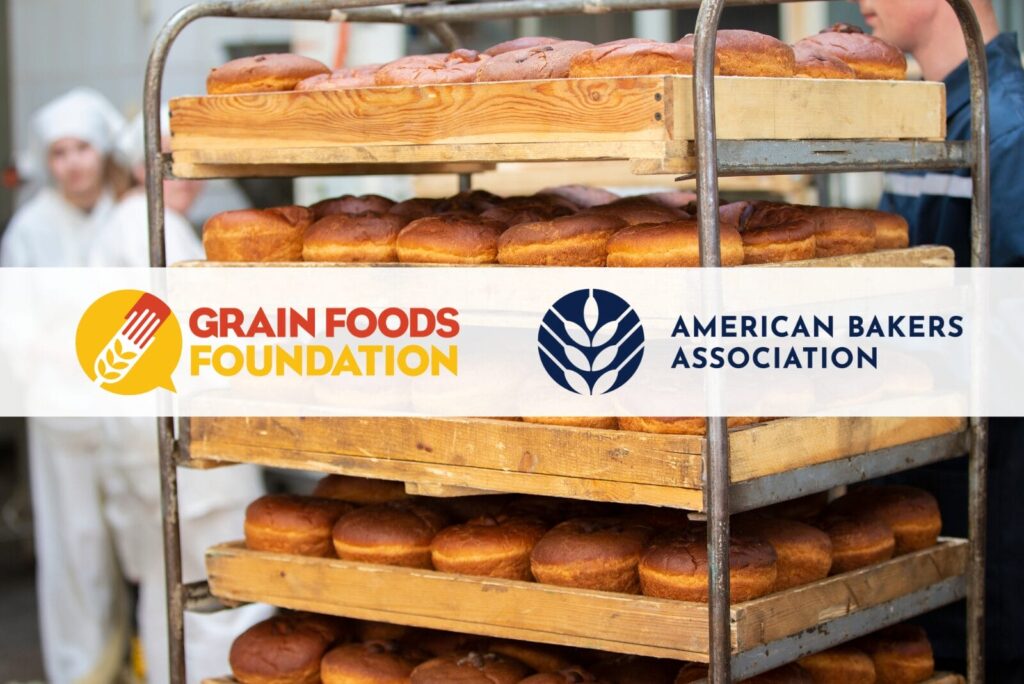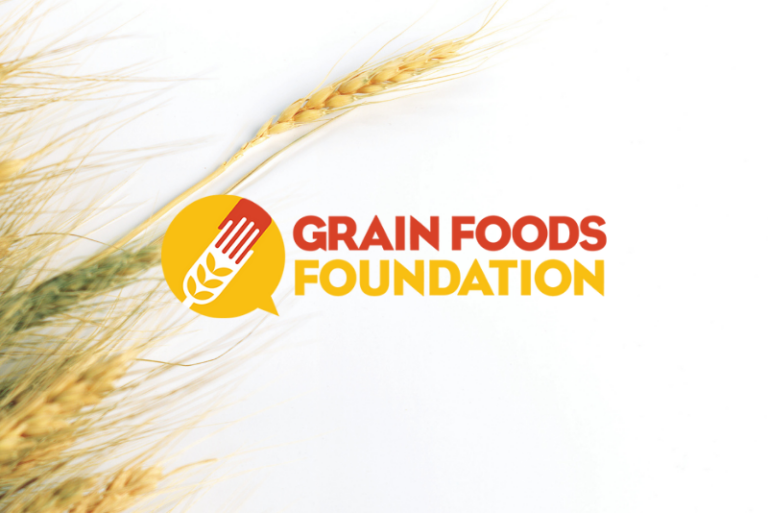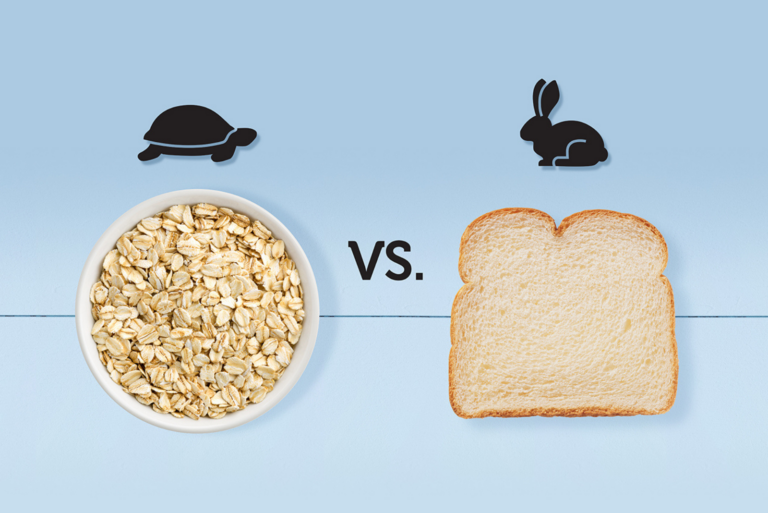SCOTTSDALE, AZ — It’s no secret that consumers are savvy when it comes to seeking information about the foods they eat. The challenge for the commercial baking industry is making sure consumers are getting accurate information.
The Grain Foods Foundation (GFF)’s Scientific Advisory Board provides baking companies with research and science-based information that will help them clearly and accurately communicate to their consumer base.
During the American Bakers Association (ABA)’s annual convention, held April 14-17 in Scottsdale, AZ, GFF Scientific Advisory Board members Glenn Gaesser, PhD and Siddhartha Angadi, PhD, along with Michelle Kijek, partner, Nutrition in Demand, joined GFF co-chairs Angie Goldberg, chief growth officer for Ardent Mills, and Lorraine Hale, VP and general manager for breads, buns and rolls at Bimbo Bakeries USA for an in-depth discussion on some of the biggest challenges regarding consumer assumptions and how to overcome them.
Investing in food and nutrition research
“The opportunity lies in elevating the scientific evidence and investing in research,” Kijek said. “Consumers are looking to experts like registered dietitians to help inform their food and nutrition decisions and make recommendations. But we really can’t break through and work with experts to address those needs unless we have the evidence.”
Kijek noted that, although the modern consumer media tends to lean toward an anti-industry sentiment that discourages investing in research, there’s no better time than now to dig into the science and bolster relationships with nutrition experts.
Investments in research have helped GFF not only open doors for conversations in nutrition policy, but they’ve also been foundational for meaningful conversations with registered dietitians who are often influencing consumers.
“Now is the time to double-down as an industry,” Kijek said. “You need to be investing in research and partnering with experts.”
To that end, GFF has relied on work from its 10-person Scientific Advisory Board for 20 years. Gaesser has been a member since the board’s inception and has seen the industry go through several waves of change, especially in terms of consumer sentiment toward grain-based foods. In fact, the board was formed in response to the low-carb craze that spiked in the early 2000s.










